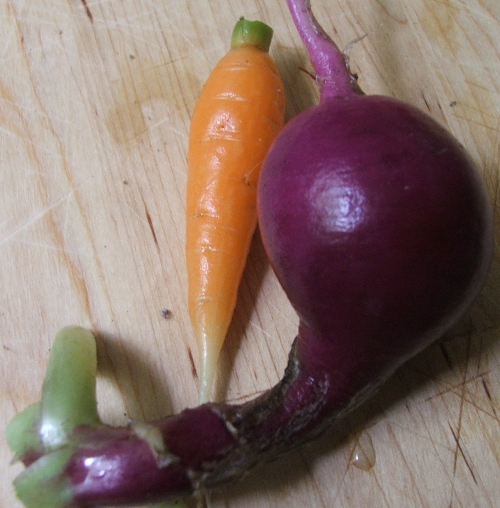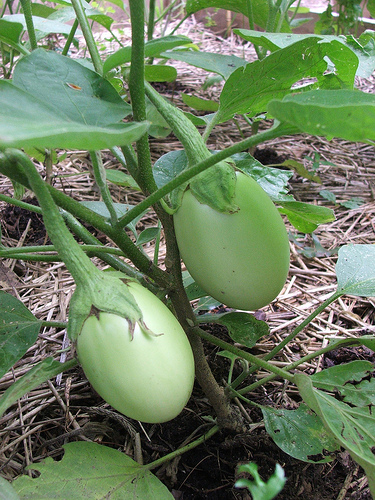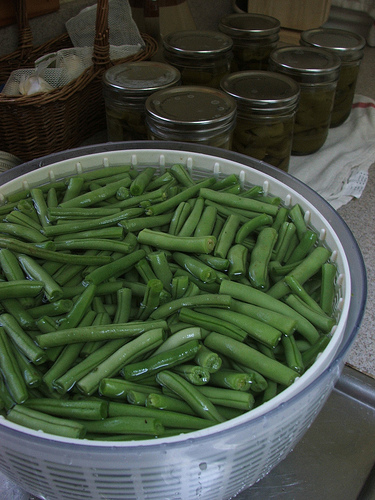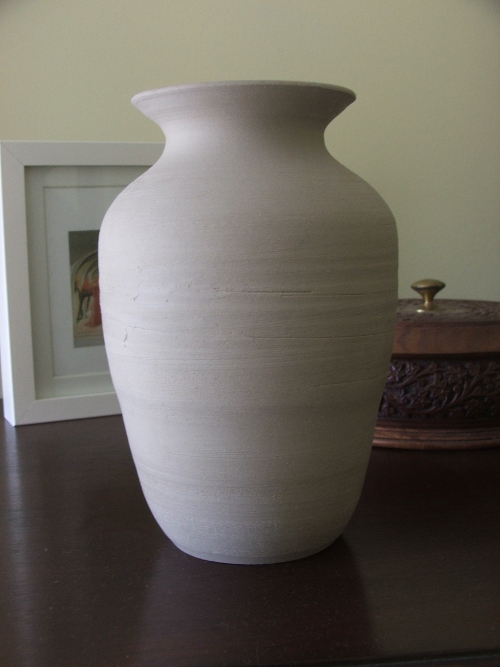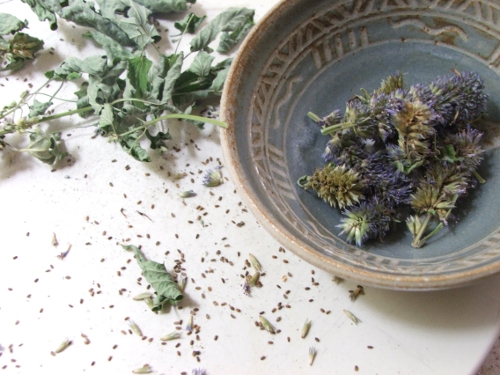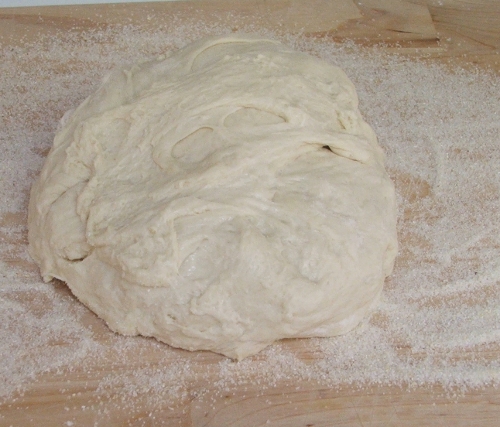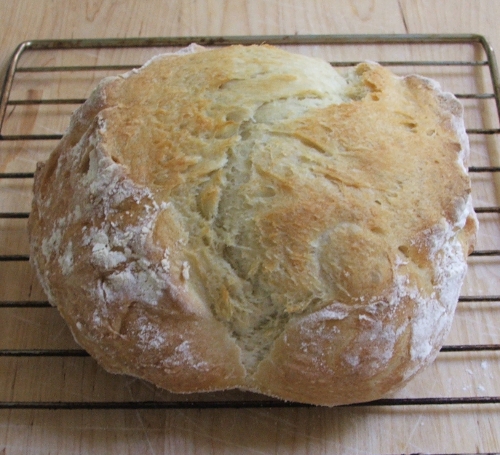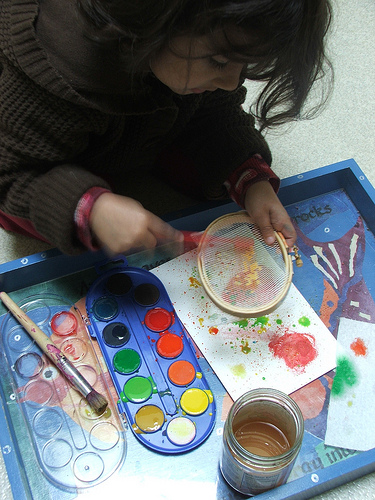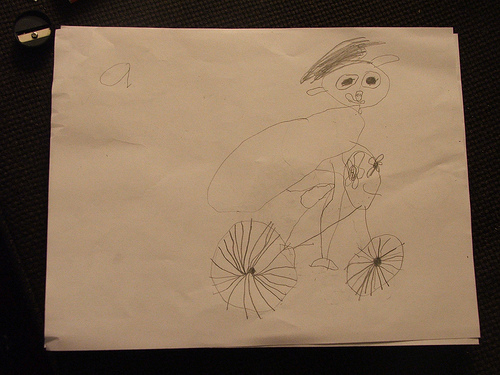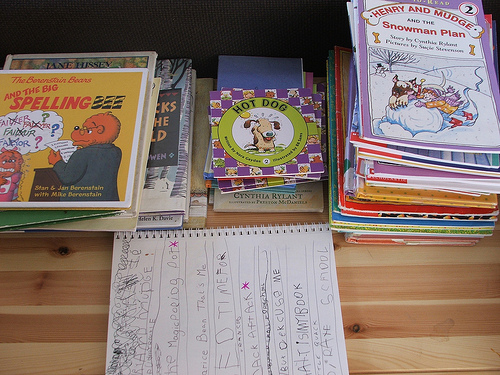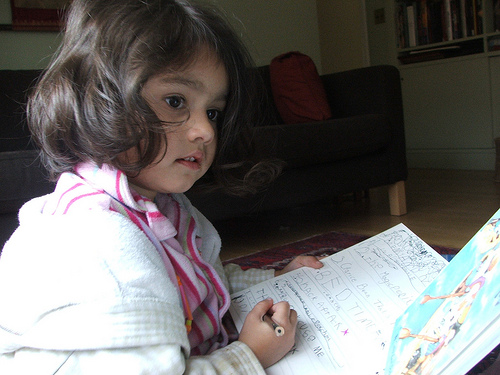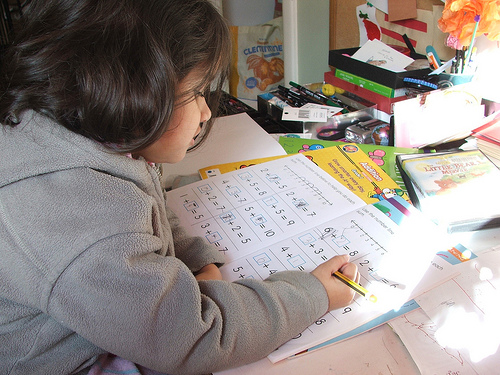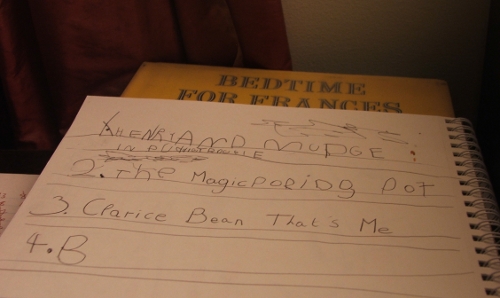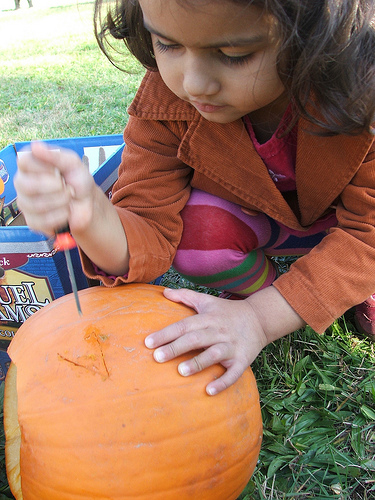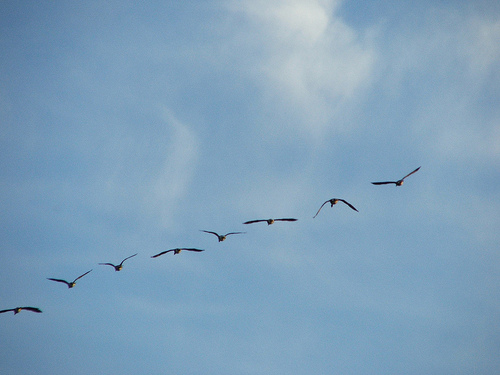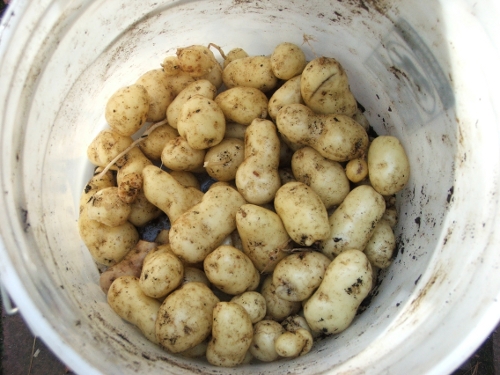Now this is book I’m interested in reading: Death and Sex by Tyler Volk and Dorion Sagan published by Chelsea Green – my favorite publisher (see my reviews of Coperthwaite’s Handmade Life, here, here, and here). Looks like it will fit perfectly in my daily regimen of gardening and homesteading books and peak oil and climate change info. You can read parts of the book on Chelsea Green’s great blog, here, and below is an excerpt.
Also, featuring this excerpt here earns me the book, for free, plus another copy, for one of my readers. That means this is my first book give away! If you would like it, indicate such in a comment and I’ll mail it to you.
Enjoy!
…
The following is an excerpt from Death & Sex by Tyler Volk and Dorion Sagan. It has been adapted for the Web. The source is here.
From chapter 4: Recycling of the Dead
When carbon ends its “lifetime†in the biosphere, it doesn’t stop being carbon. It merely passes into a deeper zone. One is reminded here of ancient myths that feature souls, victims, or heroes descending into the underworld, as a dramatic moment in the story. Like those mythic souls presumed to continue to live but in a new form, so carbon transported downward and outside the vibrant biosphere, after “burial,†continues to be carbon but somewhere deep and dark, and often hot.
Carbon is buried as detritus from dead marine plankton when it fluxes out of the dynamic surface system in the form of tiny calcium carbonate shells. The coal we mine to burn for electricity is the dead and highly compressed remains of giant ferns and mosses from dinosaur-era swamps. Our precious, diminishing reserves of oil were long, long ago the sediments underneath some of the world’s most productive marine areas ever. Verdant patches of algae grew, then fell into the sediments at such rapid rates of death that even the voracious bacteria alive there could not keep up with the rain from what was their heaven. The sites and rates of death that led to the fossil fuels upon which modern civilization came to depend were historically unique burial traps.
More commonly, carbon that was buried from organic tissue in the form of the bodies of plankton was finely dispersed. Today we see it as the black tincture in rocks such as shale, in contrast with the pervasive white of limestone rock that entombs once-living carbon in a paler shade.
All these buried forms of carbon can eventually spring back up, like the ancient Greek myth of Persephone emerging from the underworld to bestow life to the surface. She was said to rise up annually, as a rite of spring. But carbon’s stay below is typically millions to hundreds of millions of years. Its ports of reentry are the volcanoes and surfaces of rocks that dissolve when exposed to soil, rain, and weather, thereby returning carbon to the surface circulation of active cycles.
How dependent is life in the sunny biosphere upon this resurrected carbon? In the long run, very dependent. Without the reemergence—a kind of biogeochemical reincarnation, if you like—all carbon would slowly and surely exit from the interconnected surface system of life, air, soil, and water. Emergence would be limited to only truly primordial carbon that comes up as a portion of volcanic activity.
From chapter 7: Built from Death
Surpassing in some ways the wonders of death within the living animal body are the roles of the functional dead in sculpting the towering lives of trees. If you go inward from the bark, past a thin layer of cells called the phloem and another narrow layer of cells that are actively reproducing, you come to a notable layer called the xylem.
The xylem consists of tubular columns of dead cells that function to move mineral-laden water gathered by the roots up to the needles or leaves. Its special, dead cells are called tracheids. Tracheids (or, when grouped into units, tracheid elements) not only provide water and mineral circulation but also support the entire tree in its climb upward against gravity. Without tracheids there would be no forests or grasslands, no green life on land, except for some ground-hugging tiny mosses and a paltry soil coat of photosynthetic bacteria and algae. For not only do trees contain tracheids, so do all nonwoody herbaceous plants. Tracheids are in all stems, branches, and trunks of trees, in the shoots of grasses, in flower stalks (usually in their centers), and even in the veins of leaves. In all these instances, the dead are part of the living.
Without the evolutionary invention of tracheids just inside 400 million years ago, the land today would be virtually deserted. For more than 90 percent of Earth history, neither land plants nor their vital tracheids existed. And because tracheids are dead, in them we have an ideal example of how nature turns death into life to create organisms from cells.
